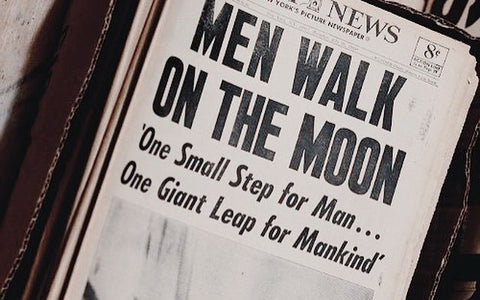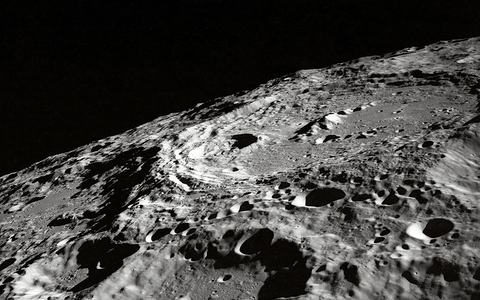
When viewed through a telescope, Saturn is undoubtedly our solar system’s most marvelous planet. Along with it's incredible rings, this gas giant is the second largest planet in our solar system, has 62 moons, and could even float on water -- it's that light. If you haven't viewed Saturn through a telescope, now is the perfect opportunity to do so. On August 2, you can catch a wonderful view of the ringed planet, as it will be at opposition, making it appear at its largest and brightest.
What Is Opposition?

Earth’s faster motion in orbit brings Saturn to opposition one time each year. At opposition, an outer planet is generally closest to Earth and brightest for that year. Saturn’s opposition comes on August 2. At opposition, Saturn rises in the east around sunset, climbs highest at midnight and sets in the west around sunrise. When opposite the sun, Saturn is visible all night and at its brightest seen from Earth.
The ringed planet will be so visible because its face will be fully illuminated by the Sun. This is the best time to view and photograph Saturn. A medium-sized or larger telescope will help you see Saturn's rings and some of its brightest moons.
How To Find Saturn

To find Saturn in the night sky, first look for Jupiter, which is the brightest star-like object in the sky. Saturn is bright and golden, positioned just west of Jupiter. If you don't catch Saturn on August 2, the good news is that Saturn will be visible in the evening sky through the rest of the calendar year. You can use the help of the Full Moon in late August to find the ringed plant too!
Happy viewing everyone!
Punny Saturn Joke
Do you know why astronomers named the planet "Saturn?"







